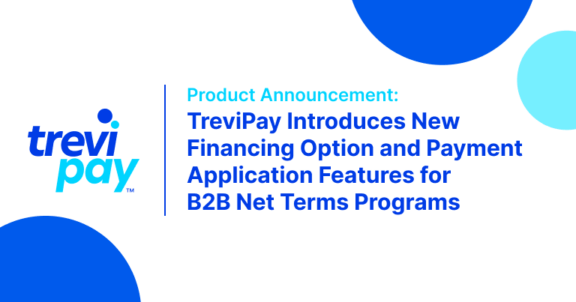News & Insights · Approx. 4 minute read
Neutralizing The Clash Of The B2B Buyer And Supplier Titans

The “clash of the titans” is a metaphor that is used to describe situations in which two powerful forces refuse to yield to the wishes or conditions of the other.
It’s a great setup for politics, comic books or sports, where drama reigns – think of the Yankees squaring off against the Red Sox, or Ali vs. Frazier. It’s less thrilling in business, though, where commerce gets mired in each side of a transaction’s desire to promote their own desires – typically, of course, in pursuit of healthier bottom lines, but ultimately dragging everybody down.
It’s also a useful way to describe the competing interests and mindsets of buyers and suppliers when making decisions about innovating the B2B payments and procurement process.
Buyers want to commoditize everything (in terms of pricing and quality control), while suppliers strive to differentiate themselves (on products and services).
There’s also the age-old, seemingly inevitable push and pull of managing accounts receivable and accounts payable.
Suppliers, not surprisingly, want to get paid as quickly as possible for the goods and services they deliver. Buyers want to hold onto their cash and defer payment as long as possible. Palpable friction – widespread and deep – exists between those starkly different halves of the B2B realm.
As B2B payments and supply chains go global, complexity reigns – especially with back-end functions and processes. After all, the typical business may form relationships with hundreds or even thousands of suppliers.
As it exists now, onboarding new business relationships requires knowledge, as well as an embrace of many payments terms and preferences that vary by market and country.
Throw omnichannel B2B offerings into the mix – online and brick-and-mortar – and things get even more complicated when it comes to invoicing, reconciling and even knowing where and when funds will hit accounts amid day-to-day commerce.
It’s a significant problem, as PYMNTS found, and as detailed in the Trade Credit Dilemma Report, where $3.1 trillion is the net amount that U.S. firms are owed in accounts receivable on any given day.
To that end, Brandon Spear, president of TreviPay, told Karen Webster there’s been a gradual awakening among firms that they need to address the friction that exists online and across channels. The key is standardizing payments, money flows and invoicing.
“There are several catalysts,” he said of the gradual awakening of buyers and suppliers to their common interests, “including the increased emphasis on B2B from some of the big B2C players like Amazon.”
On a macro level, he added, the increased focus on possible recessions or downturns may be forcing companies to re-examine their credit and underwriting policies for new and existing customers.
Spear noted that historic distribution models that relied on distributors, OEMs or wholesalers have been seeing a transformation. Suddenly, there’s a dilemma: The firm that may once have done business with a few large customers now must grapple with the challenges of serving hundreds and even thousands of mid-sized and smaller customers. “This completely changes all of your internal processes,” he said.
Thus, digital solutions such as those offered by TreviPay give companies a way to scale into new supply chain models rather than going through a traditional channel.
The Value in the Data
Spear also said that, when there is a middleman between a company and its end customer, valuable data is often overlooked or not captured in the first place.
“The owners of that data have traditionally been the middlemen, and they can get sort of a view of the customer’s share of wallet or their market share,” he said. “There is some really powerful stuff you can do with this data as a manufacturer.”
By way of example, automotive customers have found added value in gaining insight (previously proprietary to dealers) into which fleets are buying which parts – knowledge that can help refine pricing and marketing strategies.
Such insights reshape payment flows, said Spear, adding that aggregators of demand, including dealers and distributors, have been in positions to negotiate long payment terms. The advantage of those suppliers going direct with the aid of technology includes reducing those payment cycles and freeing up working capital that is tied up in the supply chain.
“The downside is you’ve got to underwrite thousands of new customers who are going to produce invoices for thousands of customers instead of tens or hundreds of customers,” he said.
You can read the full article on PYMNTS.
Stay up-to-date with the latest from TreviPay
Thank you for subscribing! You will now receive email updates from TreviPay.



